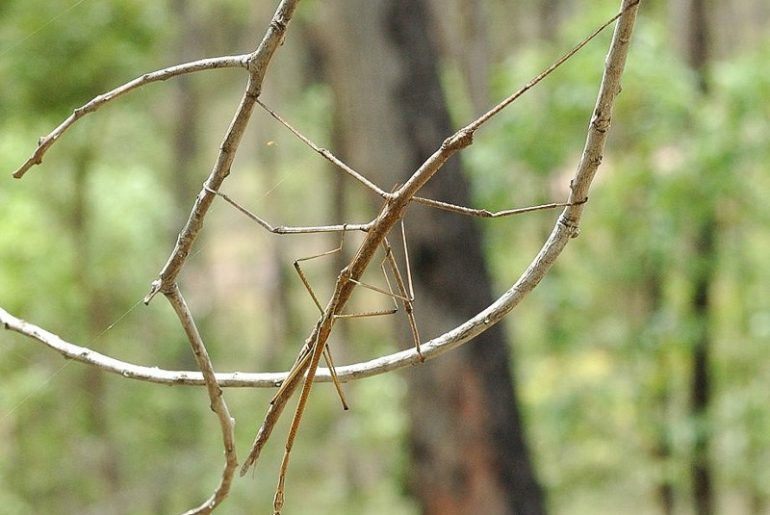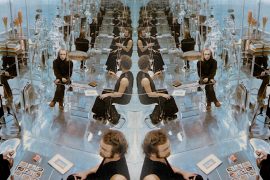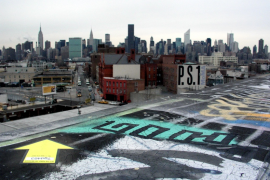“Entanglement” is probably my favourite theoretical term at the moment. I write and teach, most frequently, about humans and their artefacts, about the ways in which we become entangled with our tools, and my sense of the intensity of that idea has deepened as I’ve explored it in work from philosophy, cognitive science, sociology, critical theory, anthropology, and archaeology. To be entangled doesn’t just mean that we use things a lot, and it doesn’t mean, just, that we’re shaped by the things that we use. To be entangled is to recognise that the flow of agency moves both ways – we alter our tools as our tools alter us; we domesticate one another.
We see these kinds of entanglements in nature all the time, with parasites, symbionts, and predator-prey relationships. In my book, I draw on the work of Henry Plotkin and his example of the stick insect, a creature that has no conception, that we can imagine, of what a stick is, but that still resembles that object to such a degree that its predators struggle to find it. When a bird hunts for stick insects, it has been as exquisitely attuned to the environment as the stick insect has: the stick insect’s form isn’t actually a capturing of what sticks look like, after all, but rather a capturing of the failures of its predators’ eyesight. The stick insect looks as much like a stick as was required so that its species couldn’t be spotted too often by predators — every time they looked more like sticks the insect’s ancestors got a chance to reproduce and pass their genes on, refining all the way to the current generation. In turn, the only predators that could avoid getting hungry by living off the insects were those with good enough senses to spot when a stick was acting weird. So that’s the arms race — the predators’ eyes and reaction times are tuned to stick insects which are tuned, in turn, to the last generation of those eyes and reaction times. Over a few thousand iterations each creature profoundly shapes what the other looks like and can do in the world. The birds have appetites and skills have rendered an insect that can escape other predators; stick insects’ camouflaged bodies have rendered birds able to pick increasingly subtle changes out of the environment.
I’ve used this example to talk about technologies. We use our things, and we respond to them, and this affects the kinds of technologies we pursue and create in the future. Our arms races are more goal-directed than evolution (in that they are at all), we think about and make decisions about our technology, but we’re not always or fully in control. How many 16 year olds, now, feel like they have control over their need for, or possession of, a smart phone, internet connection, or email address? What does it mean to be “lost” in an era of Google maps and translate? Which of our decisions led to that?
When I think about Ambient Literature, then, I think about entanglements of dependency. About how literature has always allowed for us to understand our past and place, but always while distorting, in the ways that the best stories do, what really happened and why. About how it depends on technologies that we’re in far from perfect control of, and which have already become bound up in the tales that we tell. About how we’re always dependent on people and places, cultures and societies, laws and orders, made up rules and endowed freedoms in which to narrate ourselves as individuals.
If Ambient Literature is a literature aware of our entanglements then it will reveal how the power goes both ways: how readers shape and are shaped by literature; how dwellers shape and are shaped by space; and how users shape and are shaped by technology. Maybe that’s a mandatory part of ambient works: to bring a background into focus that you realise that you’re always already both a part of and constituted by — it runs through you as you pass through it, eating each other’s tails and realising that they’re your own.
— Matt Hayler








